Pangolin Dome – Zoomorphic Green Building at Taipei Zoo
Tropical Rainforest Area is a latest inaugurated exhibit at Taipei Zoo. Constructed since 2013, it was recently open to the public starting this summer. The whole area is approximately 1.5 ha, which consists of 6 outdoor exhibits and 1 main structure. The original idea is to display the diversity of the world’s rainforest ecosystem more completely and comprehensively, which encompasses that of South American and Madagascar, together with the existing Asian tropical rainforest area. With the animals in exhibition, this project also embodies Taipei Zoo’s effort in joining the “100 species for Conservation Action”, launched by Dr. Cecilia Koo Botanic Conservation Center, to assist the rehabilitation of CR, EN and VU plant species.
The landmark of this area is the pangolin-shaped structure, which was inspired by the status of Formosan pangolin, an endemic subspecies of Chinese pangolin to Taiwan. Pangolins have been considered one of the most heavily trafficked species for illegal wildlife trade, since massive seizures of pangolin meat and scales were found in China and SE Asia countries every year, due to the potential medicinal effect. Fortunately, Formosan pangolins have been protected by the law and public awareness in Taiwan for decades, as shown by its stable population in the wild. The Pangolin Rescue Program at Taipei Zoo started in 1997. Through the progressive research on the diet and recipe modification over the years, Taipei Zoo is now world-renowned for its husbandry guideline and successful breeding program.
The pangolin dome is about 3,000 m2 and 24 m in height, with over 40 animal species and 250 plant species exhibited inside. Where the visitor path spirals through from the underwater layer, up to the crown of the forest, cotton-top tamarin, two-toed sloth, scarlet ibis, great curassow, great argus and blue-tailed bee-eater are free-ranging, and the quick-witted tamarins and bee-eaters’ hunting skills can always surprise spectators during visiting. On the ground, yellow-footed, red-footed and radiated tortoise, which were confiscated from the custom, finally have a better home. The most attractive spot is the Arapaima Pool, 240 m2 and 2 m in depth, displaying the underwater view of Amazon River, where silver arowanas, pearl stingrays, silver dollars, and an assortment of other species can also be seen swimming around. However, the daily maintenance of its riverview window in the outdoor tunnel remains a challenge for management.
The Nocturnal Zone is a different world. Under the dim red light, some corners are not as illuminated. Fat-tailed dwarf lemur, Azara's night monkey and pygmy slow loris could choose either to stay in the dark or show up in the light area. Recently, an amazing and unique animal from Ueno Zoo, Aye-aye, joined the nocturnal family. Since both zoos are members of Madagascar Fauna and Flora Group(MFG), supporting local conservation research and education, in 2018, an agreement was reached to import aye-aye to Taipei Zoo for population management, hence initiating the second captive population in Asia.
Beside the exhibition, several “behind-the-scene” exhibits are set in front of the visitors. How do keepers, for example, prepare different kinds of food to satisfy animal needs in the kitchen? Besides, to feel our passion toward the breeding program of poison dart frogs, take a close look at the different stages of their life cycle in the exquisitely-contrived frog house. And how do researchers collect and preserve the specimens in the field station? The “tail” of the Pangolin Dome is connected to the field station, where visitors can observe the endangered red-and-blue lories closely through a bird-watching wall. The message Taipei Zoo wants to convey is that a modern zoo should go beyond attracting visitors to see the animals in care. It should also encourage the participation in education and conservation action.
Taipei Zoo has been dedicated to wildlife conservation and international cooperation affairs for many years. The Tropical Rainforest Area displays its achievement of cross-country species conservation program and partnership among zoos, including the brown spider monkeys from Frankfurt Zoo, Bolivian squirrel monkeys from Apenheul Primate Park, Malayan tapir from Prague Zoo, and the cotton-top tamarins and giant ant-eater from Singapore Zoo. This project becomes a new platform for collaborative wildlife conservation and shows sincere invitation for all that share the same love for nature and our environment to pay a visit to Taipei Zoo.
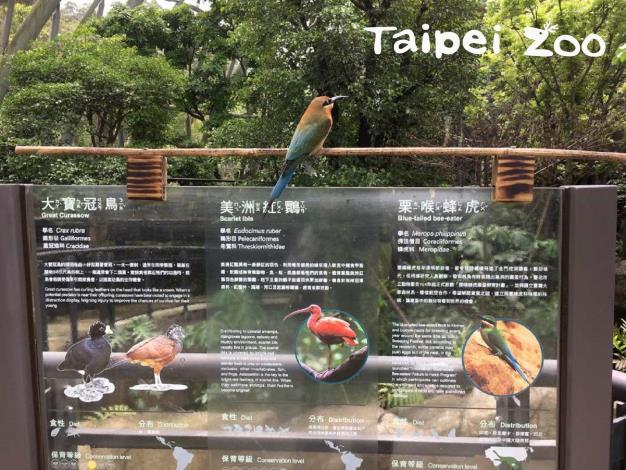
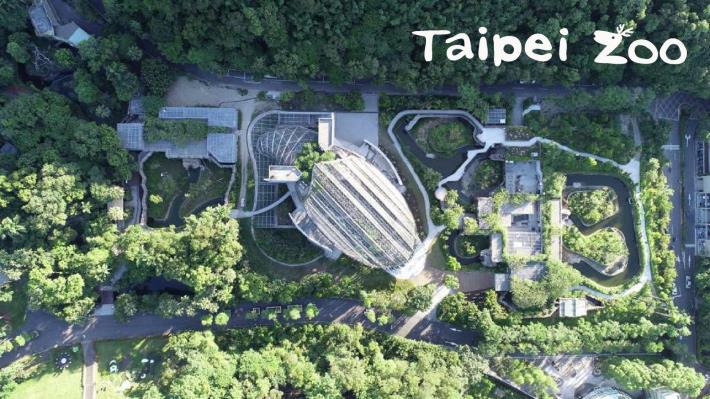
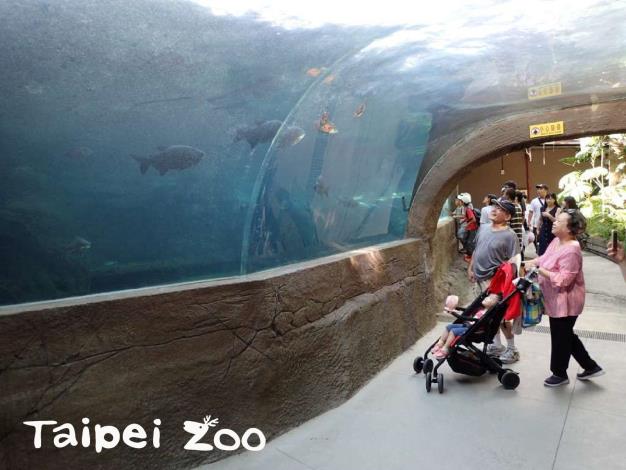
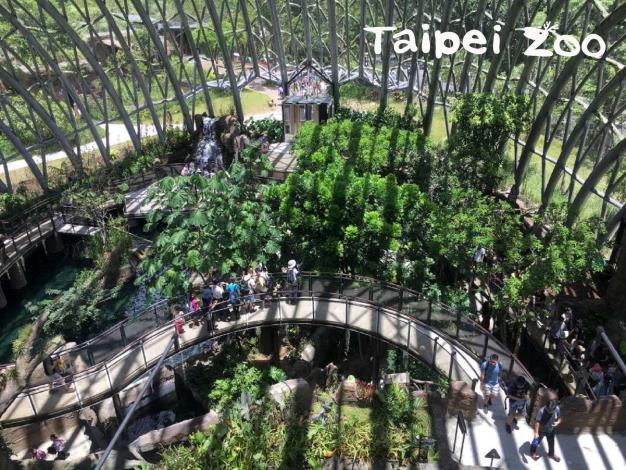
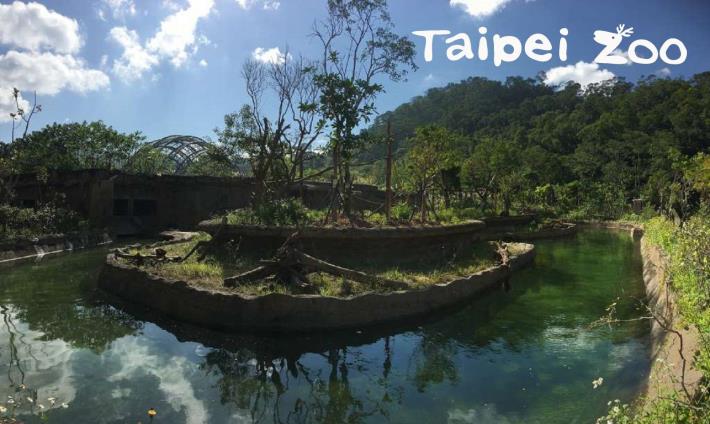
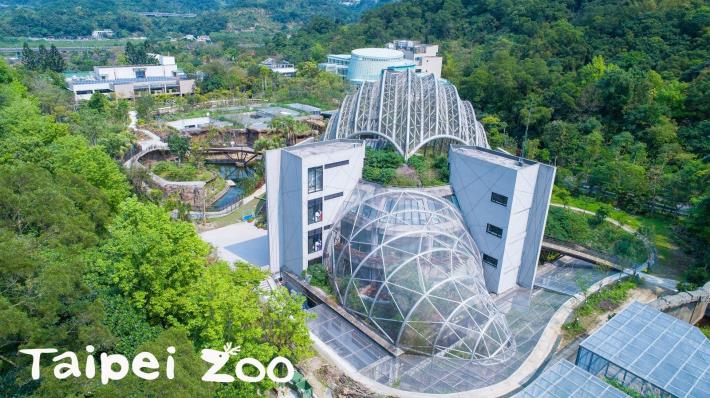
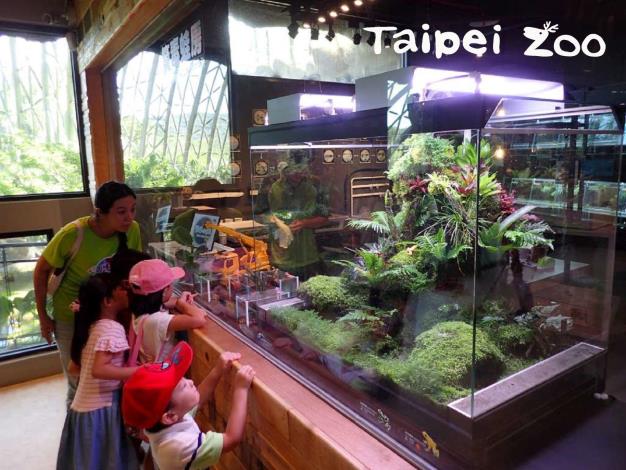
![Taiwan.gov.tw [ open a new window]](/images/egov.png)
